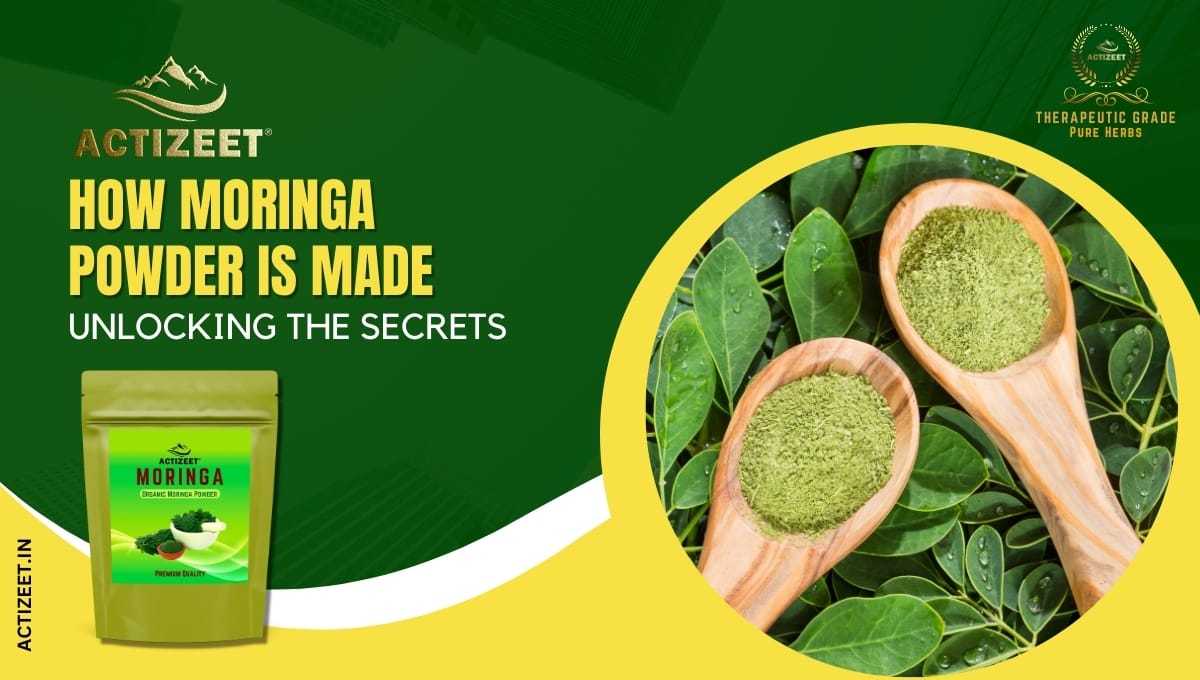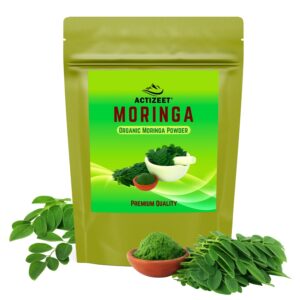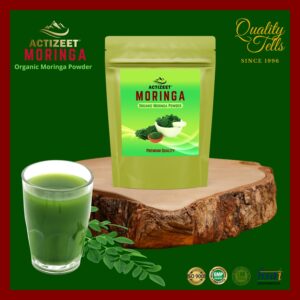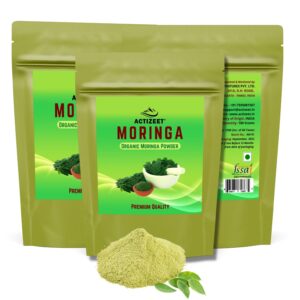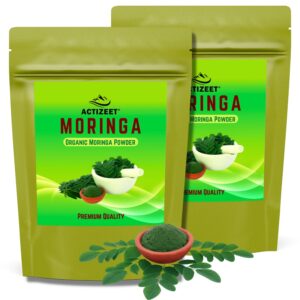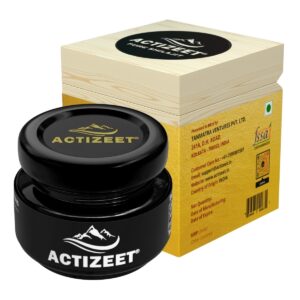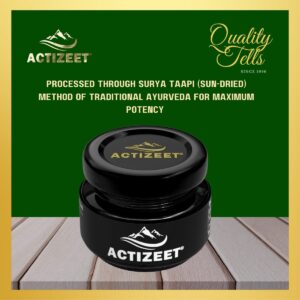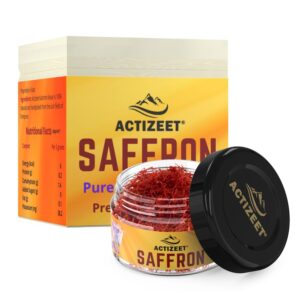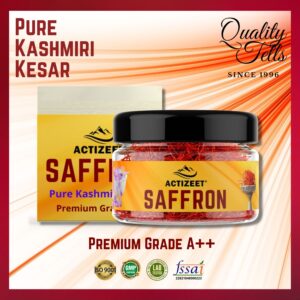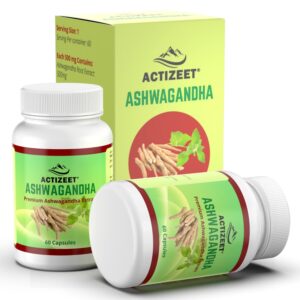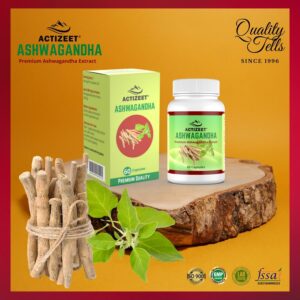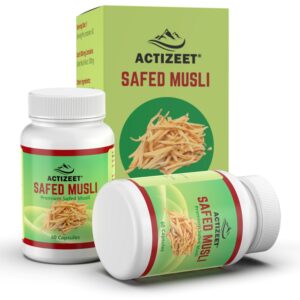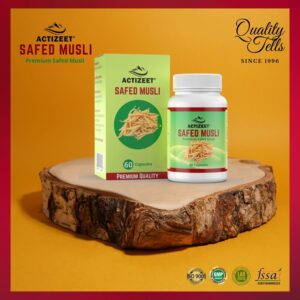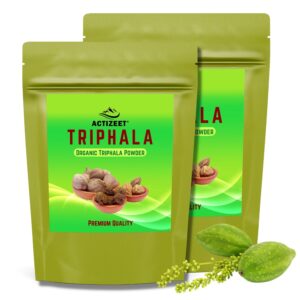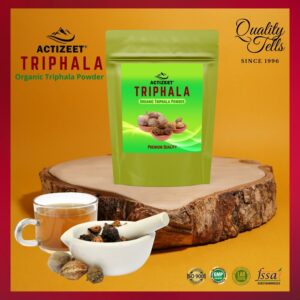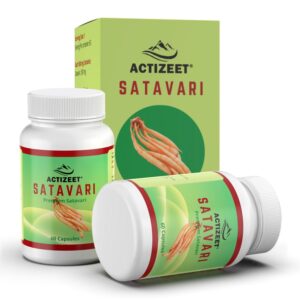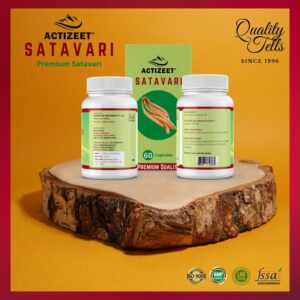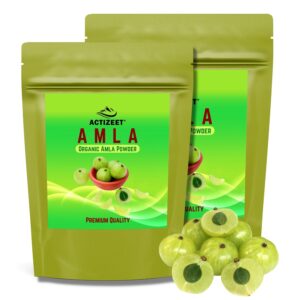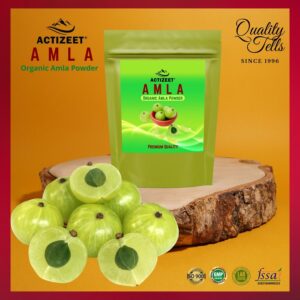Ah, the magnificent moringa tree! Standing tall with its slender branches adorned with vibrant green leaves, the moringa tree is truly a marvel of nature.
Native to the tropical regions of Asia and Africa, this tree has been cherished for centuries due to its remarkable nutritional benefits. Let’s delve into why the moringa tree has garnered so much attention and appreciation.
First and foremost, it boasts an impressive array of essential vitamins and minerals. The leaves contain an abundance of vitamins C, A, and E, along with vital minerals like iron, calcium, potassium, and magnesium.
In fact, gram for gram, moringa leaves provide seven times more vitamin C than oranges! Furthermore, they are packed with powerful antioxidants that help combat free radicals in our bodies.
But wait, there’s more! Moringa also contains all nine essential amino acids necessary for building proteins in our bodies.
This makes it a valuable source of plant-based protein for those following a vegetarian or vegan lifestyle. Plus, it is rich in fiber which aids digestion and promotes a healthy gut.
Table of Contents
ToggleWhy Moringa Powder is Gaining Popularity
Now that we’ve grasped just how nutritious moringa leaves are on their own, let’s explore why moringa powder has become the talk of the town in recent years. As our fast-paced lives demand convenient solutions for maintaining optimal health, powdered forms of superfoods have gained immense popularity.
Moringa powder offers individuals a simple yet effective way to incorporate the incredible benefits of this miracle plant into their daily routines. With its concentrated form retaining most of the nutrients from fresh leaves through careful processing techniques, this powdered delight serves as a convenient addition to smoothies or can be effortlessly sprinkled onto various dishes.
Its versatility allows you to embrace the goodness of moringa without altering your usual eating habits. Moreover, as the world becomes increasingly conscious of sustainable living and reducing our carbon footprint, moringa powder presents an eco-friendly choice.
Compared to fresh leaves that may spoil quickly, the powder has a longer shelf life, reducing food waste. Additionally, its concentrated form means less packaging and transportation requirements, minimizing environmental impact.
Intrigued by the wonders of moringa? Stick with me as we delve into the intriguing process of transforming those vibrant leaves into a fine powder that holds the essence of this nutritional powerhouse!
Harvesting Moringa Leaves
Ideal climate and soil conditions for growing moringa trees
Moringa trees thrive in warm climates with temperatures ranging from 77°F to 95°F (25°C to 35°C), making them perfect for tropical and subtropical regions. These trees are highly adaptable and can tolerate a wide range of soil conditions, but they prefer well-drained soil that is slightly acidic to neutral.
Sandy loam or loamy soils that retain some moisture while allowing excess water to drain away are ideal for their growth. Furthermore, moringa trees require plenty of sunlight for optimal development.
They flourish in areas where they receive full sun exposure, at least six hours per day. This ensures that the leaves grow abundantly and accumulate an impressive array of nutrients.
Timeframe for harvesting leaves at their peak nutritional value
To ensure the highest nutritional content, it’s crucial to harvest moringa leaves at the appropriate time. Ideally, you should pluck the leaves when they are young and vibrant green before they start turning yellowish or dry out.
This typically occurs around 45-60 days after planting. The best time of day to harvest moringa leaves is early morning when the dew has dried up but before the sun’s heat becomes too intense.
During this time window, the leaves retain their maximum nutritional value, boasting high levels of vitamins A, C, E, and essential minerals like potassium and calcium. By harvesting them promptly at this stage, you ensure that your moringa powder will be packed with potent goodness.
Techniques for handpicking leaves without damaging the tree
Handpicking is arguably one of the best ways to harvest moringa leaves without causing harm to the tree or compromising its future growth. When selecting which branches or stems to harvest from, opt for those that have grown at least 1.5 meters above the ground. These upper branches are usually easier to reach and provide optimal leaf yield.
To handpick the leaves, gently hold a stem with one hand while using your other hand to nimbly pluck individual leaves from it. Be mindful not to yank or pull forcefully, as this can damage the delicate branches.
Instead, use a careful, upward motion to detach the leaf, ensuring you leave behind enough foliage for the tree’s continued photosynthesis process. By employing these techniques in harvesting moringa leaves, you can confidently gather a bountiful supply of fresh and nutritious leaves while ensuring the tree’s health and longevity.
Drying Moringa Leaves
Importance of Drying Leaves to Preserve Nutrients and Prevent Spoilage
When it comes to making moringa powder, drying the leaves is a crucial step. Why, you ask? Well, let me enlighten you!
Drying the leaves helps preserve their precious nutrients. You see, moringa leaves are packed with goodness – vitamins, minerals, antioxidants – all the good stuff that our bodies crave.
But these nutrients are sensitive souls and can easily degrade when exposed to heat or moisture. By drying the leaves, we’re able to lock in all that nutritional goodness and prevent it from going down the drain.
Traditional Methods like Air Drying and Sun Drying: Pros and Cons
Now, let’s dive into some traditional methods of drying moringa leaves – air drying and sun drying! Air drying involves spreading out the freshly harvested leaves in a well-ventilated area away from direct sunlight. This method is simple yet effective if you have a conducive environment with good airflow.
The advantage of air drying is that it’s a natural process that doesn’t require any fancy equipment. However, keep in mind that it might take longer for the leaves to dry completely using this method.
On to sun drying! Ahh, there’s something magical about harnessing the power of nature to get things done.
With sun drying, you lay out those vibrant green leaves under the warm rays of the glorious sun until they transform into crispy goodness. The beauty of sun-drying lies in its simplicity – all you need is sunshine and patience.
Plus, you get the bonus of enjoying some vitamin D while tending to your moringa crop! However, one drawback is that this method heavily relies on favourable weather conditions like sunny days without rain or excessive humidity.
Modern Techniques such as Freeze-Drying or Using Dehydrators
While traditional methods have their charm, modern technology has blessed us with some convenient alternatives. Freeze-drying, for instance, involves freezing the leaves at extremely low temperatures and then removing the ice crystals through a process called sublimation. This method helps retain maximum nutrients while resulting in a light and fluffy powder.
However, it does require specialized equipment and can be quite expensive. Another nifty option is using dehydrators – these handy machines are designed to remove moisture from various foods.
With dehydrators, you have more control over the drying process, as you can adjust the temperature and airflow to ensure optimal conditions for preserving nutrients. They are also faster compared to traditional methods but may come with a higher initial investment.
Whether you prefer sticking to traditional drying methods or embracing modern techniques, ensuring that moringa leaves are properly dried is essential for retaining their nutritional value and preventing spoilage. So go ahead, choose your drying adventure, and let those leaves transform into vibrant green powder ready to nourish your body!
Grinding Dried Leaves into Powder
Various grinding methods, including stone mills or electric grinders
When it comes to transforming dried moringa leaves into a fine powder, there are a couple of grinding methods that can be employed. One popular option is utilizing stone mills, which have been used for centuries in the process of grinding grains.
These traditional mills consist of two circular stones that crush and grind the leaves between them. The advantage of using stone mills is that they operate at a slow speed, preventing the generation of excessive heat during the grinding process, which could potentially degrade the nutrients in the moringa powder.
Alternatively, electric grinders provide a more modern approach when it comes to grinding moringa leaves. These handy appliances are equipped with powerful motors and sharp blades that swiftly pulverize the dried leaves into a fine powder.
Electric grinders offer convenience and speed, making them an efficient choice for home use or large-scale production. However, it’s worth noting that prolonged operation may generate heat due to friction, potentially impacting the nutrient content of the powder.
How grinding affects the texture and quality of the powder
The method chosen for grinding dried moringa leaves has a significant impact on both its texture and overall quality. Stone mills tend to produce a coarser powder compared to electric grinders due to their slower rotational speed and gentle crushing action.
This coarser texture can lend itself well to certain recipes where you want some added texture or visual appeal. On the other hand, electric grinders yield a much finer powder consistency since their high-speed blades pulverize with precision.
This fine texture allows for better incorporation into liquids like smoothies or soups without altering their appearance significantly. It’s important to note that excessive heat generated during either type of grinding process can affect both taste and nutrient content.
Heat-sensitive compounds, such as enzymes and vitamins, can be degraded if the grinding process generates too much heat. Therefore, it’s crucial to monitor the grinding time and temperature to ensure that the moringa powder retains its maximum nutritional value.
Tips for achieving a fine, consistent powder without losing nutrients
To achieve a fine and consistent moringa powder without compromising its nutrient content, there are several tips that can be followed. Firstly, it’s recommended to grind the dried leaves in small batches rather than all at once. This allows for better control over the grinding process and reduces the chances of generating excessive heat.
Additionally, monitoring the grinding time is crucial. Aim for shorter bursts of grinding rather than continuous long sessions to prevent overheating.
It may also be helpful to periodically check the temperature of the equipment during grinding if possible. After grinding, it’s advisable to let the powder cool completely before transferring it into storage containers.
This helps preserve its quality by preventing condensation inside containers due to residual heat. By following these tips and being mindful of the grinding method employed, you can ensure that your moringa powder turns out exquisitely fine while retaining its abundant nutritional benefits.
Packaging and Storage
Proper packaging to maintain freshness and prevent contamination
When it comes to preserving the freshness and quality of moringa powder, proper packaging is crucial. Moringa powder is highly sensitive to air, light, moisture, and contaminants.
Exposure to these elements can degrade its nutritional value over time. Therefore, using appropriate packaging materials is essential to maintain its potency and ensure its longevity.
Different packaging options like resealable pouches or airtight containers
There are various packaging options available for storing moringa powder. One popular choice is resealable pouches made from materials that provide a barrier against moisture and oxygen. These pouches allow you to conveniently open and close them without compromising the powder’s freshness.
Another effective option is using airtight containers that keep out air and light completely. These containers are opaque, preventing exposure to harmful UV rays that can degrade the powder’s nutrients.
Storing moringa powder in cool, dark places away from moisture
To maximize the shelf life of moringa powder, it should be stored in cool, dark places away from moisture. Excessive heat can lead to nutrient degradation and spoilage of the product.
Direct sunlight can also cause oxidation and loss of colour in the powder. Therefore, it’s advisable to store moringa powder in opaque containers or cabinets placed in cool areas of your kitchen or pantry.
Quality Control Measures
Quality control steps during the production process
During the production process of moringa powder, there are certain quality control measures in place to ensure its purity and safety for consumption. This includes sourcing high-quality leaves from reputable farms that follow good agricultural practices (GAP).
Strict guidelines are followed to ensure that the leaves are free from pesticides, heavy metals, and other contaminants. Additionally, the leaves undergo rigorous cleaning and sorting processes to remove any impurities before they are dried.
Testing methods used to ensure purity, absence of contaminants, and nutrient content
To ensure the purity and absence of contaminants in moringa powder, comprehensive testing methods are employed. These tests can include microbial analysis to check for harmful bacteria or pathogens.
Furthermore, third-party laboratory testing is often conducted to determine the nutrient content and verify its quality. This ensures that the powder retains its maximum nutritional value throughout the manufacturing process.
Certifications or standards that indicate high-quality moringa powder
High-quality moringa powder often carries certifications or adheres to specific standards set by regulatory bodies. Some common certifications include organic certification, which verifies that the product is grown without synthetic chemicals or genetically modified organisms (GMOs).
Other certifications may focus on fair trade practices or sustainability measures. When purchasing moringa powder, look for these certifications as they serve as indicators of a reputable brand committed to maintaining high standards of quality.
Conclusion
Understanding how to properly package, store, and ensure the quality of moringa powder is crucial for maximizing its benefits. By selecting appropriate packaging materials and storing them in cool, dark places away from moisture, you can prolong its shelf life and retain its potency.
Moreover, being aware of the quality control measures used during production, including testing methods and certifications, allows you to make informed choices when purchasing moringa powder. So go ahead and explore the diverse culinary applications of this remarkable superfood – knowing that you have a fresh and high-quality product at hand to enhance your meals and nourish your body.
ACTIZEET Moringa Powder
-
Rated 4.85 out of 5
₹1,200.00Original price was: ₹1,200.00.₹900.00Current price is: ₹900.00. Incl. GST ADD TO CART Buy Now -
Rated 4.84 out of 5
₹3,600.00Original price was: ₹3,600.00.₹2,100.00Current price is: ₹2,100.00. Incl. GST ADD TO CART Buy Now -
Rated 4.80 out of 5
₹2,400.00Original price was: ₹2,400.00.₹1,600.00Current price is: ₹1,600.00. Incl. GST ADD TO CART Buy Now
Related Products
-
Himalayan Shilajit, Pure shilajit, Shilajit, SHUDDH SURYA TAPI SHILAJIT
Rated 4.74 out of 5₹4,950.00Original price was: ₹4,950.00.₹3,950.00Current price is: ₹3,950.00. Incl. GST ADD TO CART Buy Now -
Rated 4.86 out of 5
₹2,400.00Original price was: ₹2,400.00.₹1,600.00Current price is: ₹1,600.00. Incl. GST ADD TO CART Buy Now -
Rated 4.82 out of 5
₹2,400.00Original price was: ₹2,400.00.₹1,600.00Current price is: ₹1,600.00. Incl. GST ADD TO CART Buy Now -
Rated 4.84 out of 5
₹2,400.00Original price was: ₹2,400.00.₹1,600.00Current price is: ₹1,600.00. Incl. GST ADD TO CART Buy Now
-
Rated 4.00 out of 5
₹2,400.00Original price was: ₹2,400.00.₹1,600.00Current price is: ₹1,600.00. Incl. GST ADD TO CART Buy Now -
Rated 4.80 out of 5
₹2,400.00Original price was: ₹2,400.00.₹1,600.00Current price is: ₹1,600.00. Incl. GST ADD TO CART Buy Now -
Rated 4.71 out of 5
₹2,400.00Original price was: ₹2,400.00.₹1,600.00Current price is: ₹1,600.00. Incl. GST ADD TO CART Buy Now -
Rated 0 out of 5
₹2,400.00Original price was: ₹2,400.00.₹1,600.00Current price is: ₹1,600.00. Incl. GST ADD TO CART Buy Now

